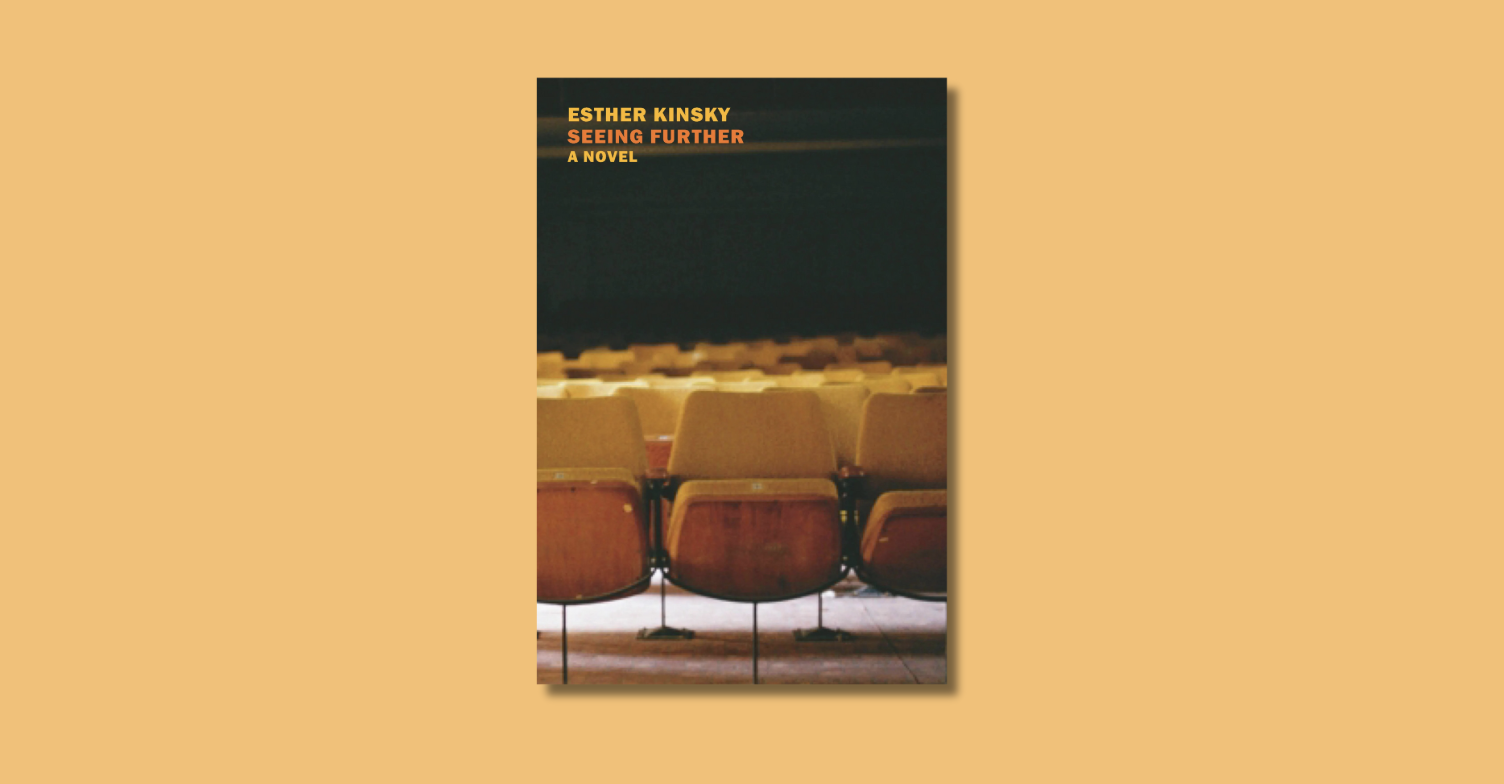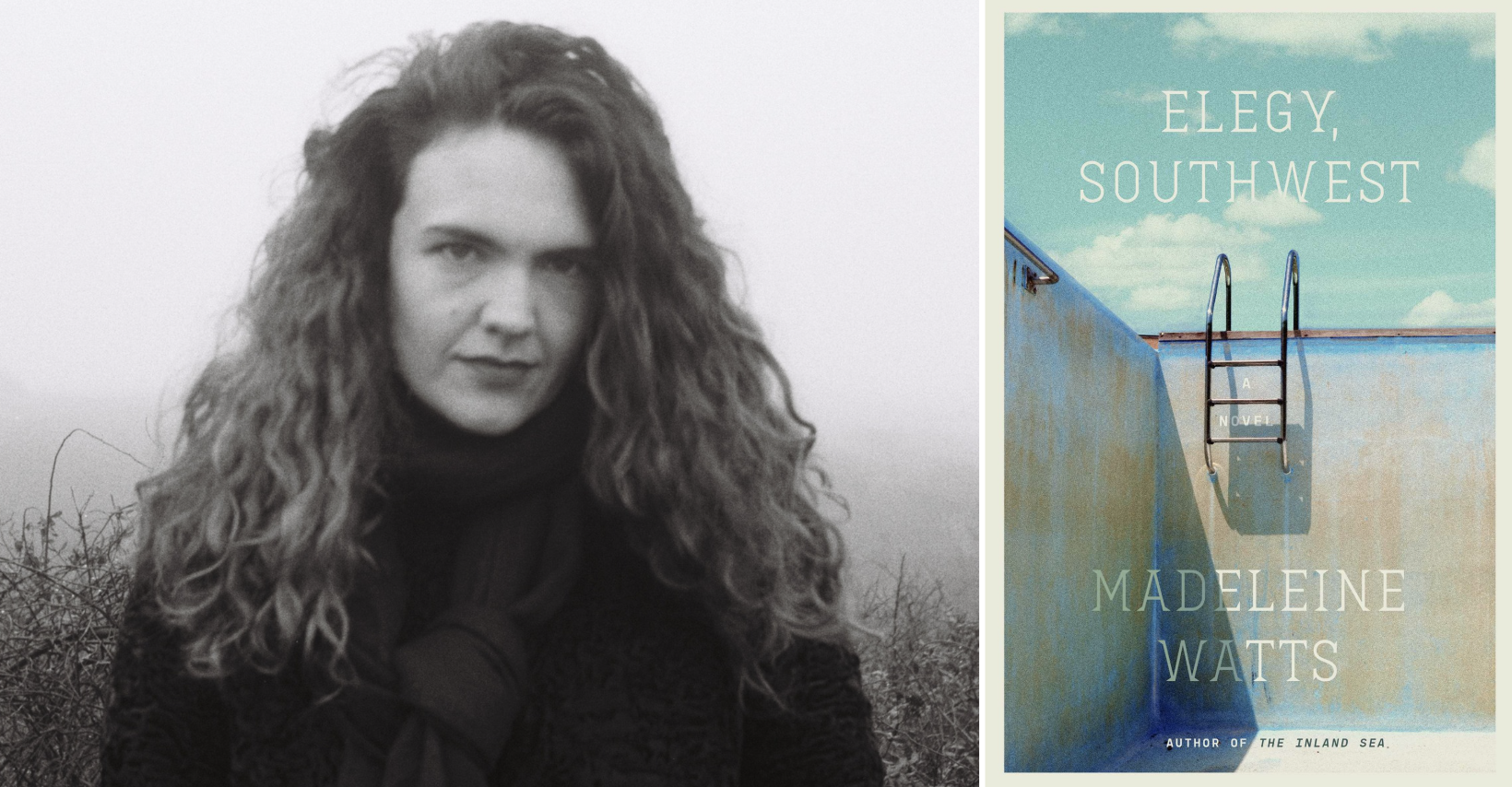The annual Edinburgh World Writers’ Conference wrapped up earlier this week, but, thanks to the wonders of the internet, you can relive the magic: Transcripts and videos of notable speeches are available on the conference’s website, including the concluding talk on the future of the novel by China Mieville.








